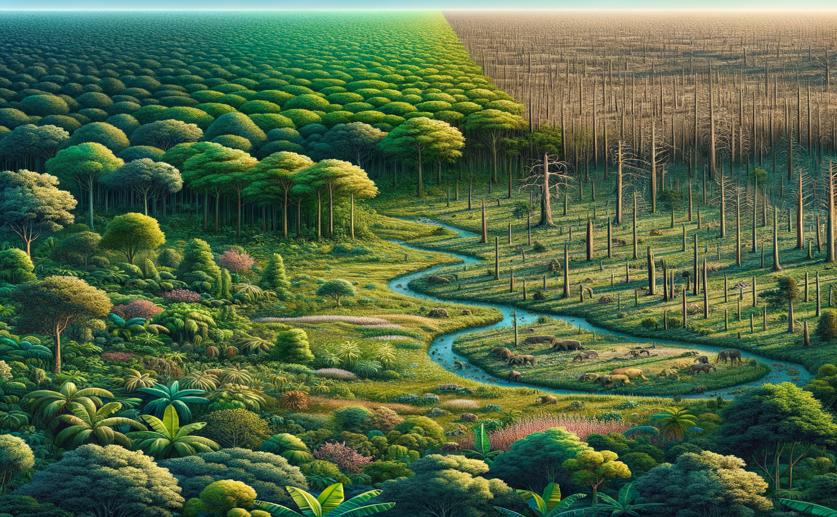
How Losing Habitats Reduces Plant Variety and Ground Growth
Greg Howard
21st March, 2024

Image Source: Natural Science News, 2024
Key Findings
- In northern China, habitat loss reduced plant diversity and ecosystem productivity
- Fragmentation increased plant diversity but decreased soil water and biomass
- Habitat loss, not fragmentation, weakened the link between plant diversity and productivity
EnvironmentEcologyPlant Science
References
Main Study
1) Habitat loss weakens the positive relationship between grassland plant richness and above-ground biomass.
Published 18th March, 2024
https://doi.org/10.7554/eLife.91193
Related Studies
2) Landscape experiments unlock relationships among habitat loss, fragmentation, and patch-size effects.
3) Biodiversity: Net primary productivity relationships are eliminated by invasive species dominance.
4) Global forest fragmentation change from 2000 to 2020.
5) We should not necessarily expect positive relationships between biodiversity and ecosystem functioning in observational field data.



 21st January, 2024 | Jenn Hoskins
21st January, 2024 | Jenn Hoskins